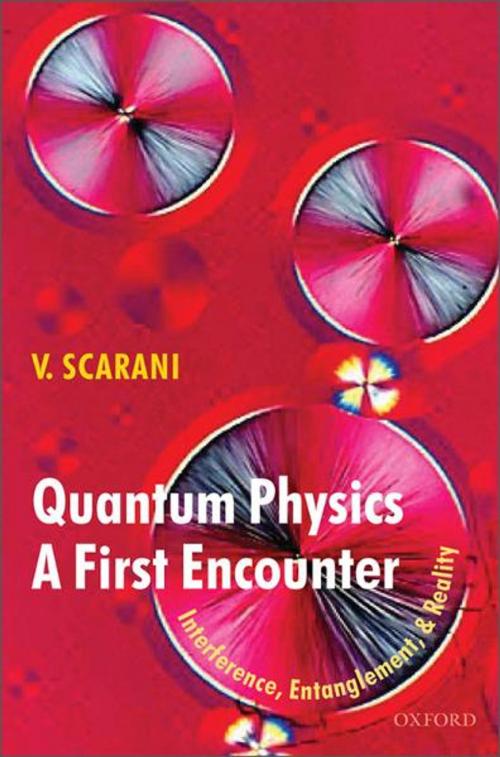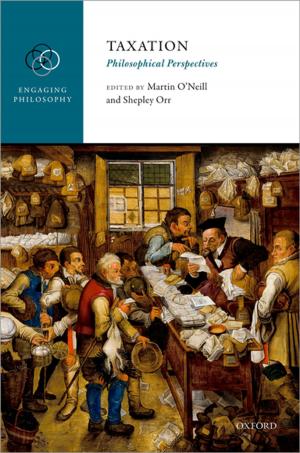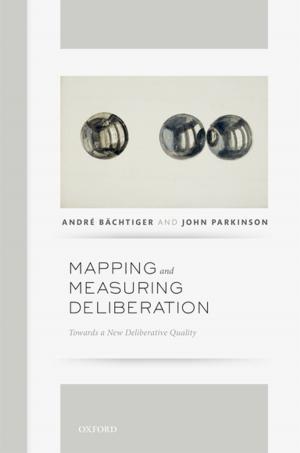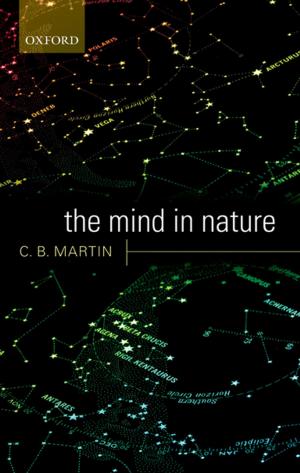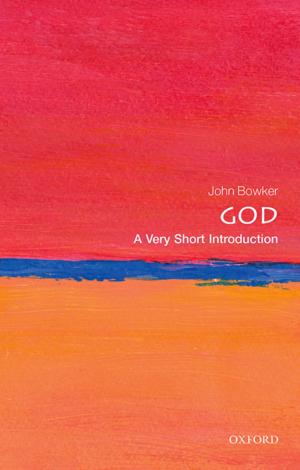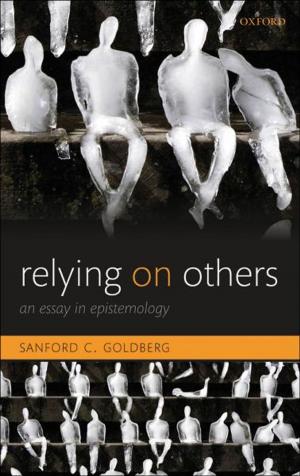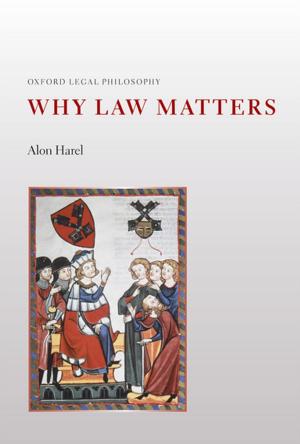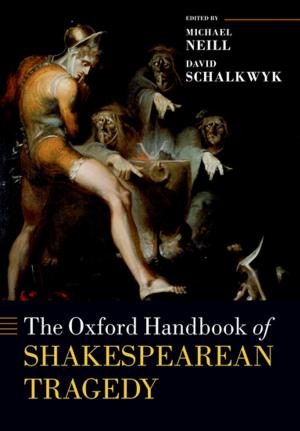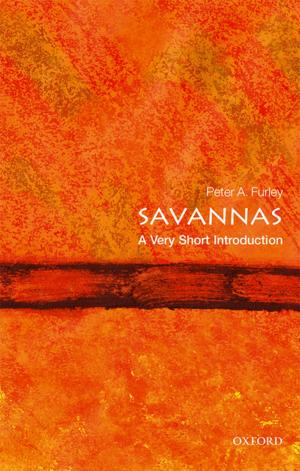Quantum Physics: A First Encounter : Interference, Entanglement, and Reality
Interference, Entanglement, and Reality
Nonfiction, Science & Nature, Science, Biological Sciences, Molecular Physics, Physics, Quantum Theory| Author: | Valerio Scarani ; Rachael Thew | ISBN: | 9780191606977 |
| Publisher: | OUP Oxford | Publication: | January 5, 2006 |
| Imprint: | OUP Oxford | Language: | English |
| Author: | Valerio Scarani ; Rachael Thew |
| ISBN: | 9780191606977 |
| Publisher: | OUP Oxford |
| Publication: | January 5, 2006 |
| Imprint: | OUP Oxford |
| Language: | English |
Quantum physics is often perceived as a weird and abstract theory, which physicists must use in order to make correct predictions. But many recent experiments have shown that the weirdness of the theory simply mirrors the weirdness of phenomena: it is Nature itself, and not only our description of it, that behaves in an astonishing way. This book selects those, among these typical quantum phenomena, whose rigorous description requires neither the formalism, nor an importantbackground in physics.The first part of the book deals with the phenomenon of single-particle interference, covering the historical questions of wave-particle duality, objective randomness and the boundary between the quantum and the classical world, but also the recent idea of quantum cryptography. The second part introduces the modern theme of entanglement, by presenting two-particle interference phenomena and discussing Bell's inequalities. A concise review of the main interpretations of quantum physics isprovided.
Quantum physics is often perceived as a weird and abstract theory, which physicists must use in order to make correct predictions. But many recent experiments have shown that the weirdness of the theory simply mirrors the weirdness of phenomena: it is Nature itself, and not only our description of it, that behaves in an astonishing way. This book selects those, among these typical quantum phenomena, whose rigorous description requires neither the formalism, nor an importantbackground in physics.The first part of the book deals with the phenomenon of single-particle interference, covering the historical questions of wave-particle duality, objective randomness and the boundary between the quantum and the classical world, but also the recent idea of quantum cryptography. The second part introduces the modern theme of entanglement, by presenting two-particle interference phenomena and discussing Bell's inequalities. A concise review of the main interpretations of quantum physics isprovided.
